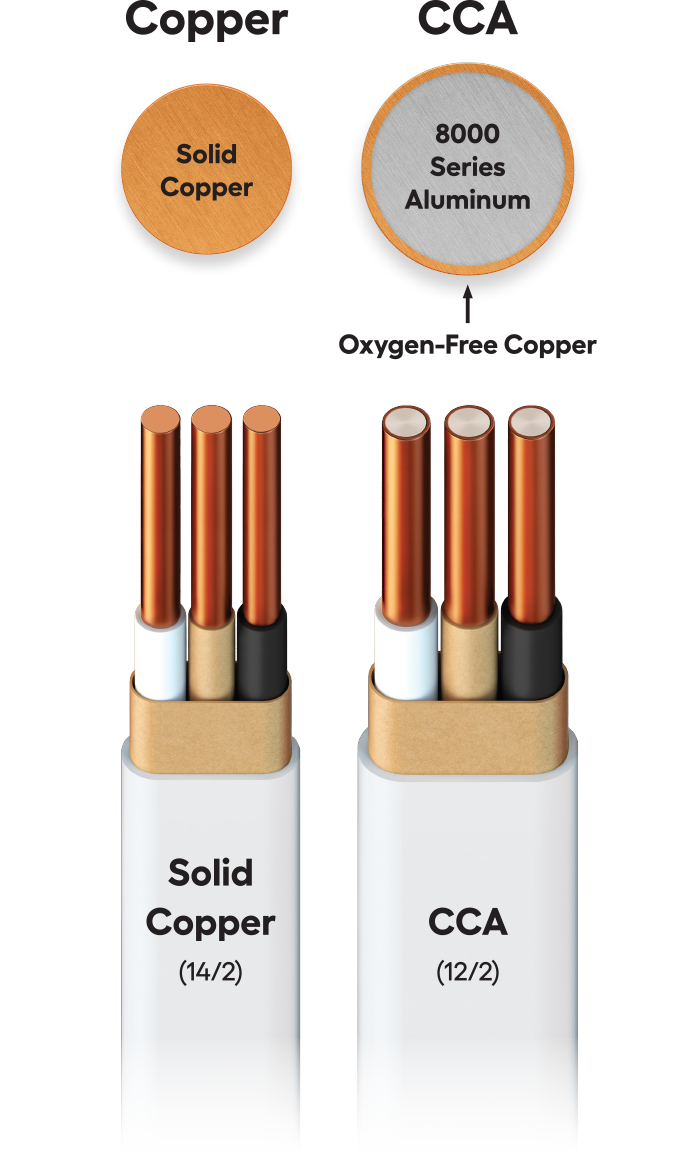Products
Building Wire
Resources
Automotive
Resources
Signal Wire
Resources
New Products
All Products
Building Wire
Resources
Automotive
Resources
Signal Wire
Resources
Building Wire
Power Grid
Automotive
Signal Wire

CEO of the Copper Development Association, Andrew Kireta, Jr., said, “Copper is a major contributor to US economic and national security. And with copper demand projections doubling by 2035, primarily due to plans for the clean energy transition, electrification and clean water infrastructure, the nation would be defenseless without electricity and copper’s vital role in its generation, transmission, and distribution.”3
In line with these projections, supply chain analysts and consulting firms have been warning of a looming copper shortage for years. Some projections show a copper deficit of 6.6-million metric tons by the beginning of the next decade if no action is taken.4
The construction industry uses almost half (46%) of the nation’s copper supply. And, according to the USGS, within the construction industry, building wire alone uses 20% of the total U.S. copper supply. This represents an amount of copper usage nearly equal to ALL electric and electronic products combined (21%)!5

Current copper usage doesn’t account for the strain placed on the US copper supply by emerging markets like EVs (electric vehicles), which use 4X more copper than conventional vehicles. By 2030, it is estimated that 5X more EVs will be built in the U.S. than single- and multi-family residences.6, 7
Bank of America researchers reported that “Copper substitutions may also grow in importance if stocks deplete and prices rise, especially due to the critical role copper plays in the electrification of the economy…this could lead to reduced use of copper in products and the development of new engineering approaches that employ an alternative metal.”8
Fortunately, the building construction industry already has an alternative to single-metal copper wire in place. Copper-Clad Aluminum (CCA) has been referenced by the NEC since 1971 and is listed for use by UL and ETL. CCA building wire is being rapidly adopted by builders and electrical contractors who are looking for safe and effective alternatives to copper building wire.

CCA building wire uses 1/6th the amount of copper when upsized two AWG sizes against copper conductors, as is required by the NEC for most electrical circuits. This upsizing allows CCA to provide comparable electrical performance to equivalently rated copper conductors. Credible reports also find that CCA conductors, when upsized, are on average 2.7% more efficient due to lower impedance.9
Utilizing CCA instead of single-metal copper for commodity building wire applications could have potentially saved the nation nearly 700 million pounds of copper in 2022! That’s equivalent to the copper required for 3.8 million EVs or 3.6 million homes.10, 11 Using this 2022 potential saving model, CCA building wire would conserve 3.2 billion metric tons (7 billion lbs) of copper resources over the next decade, not even accounting for market growth.
Implementing a CCA adoption strategy for building wire could have a significant impact on copper conservation, while helping the nation achieve its clean energy goals.